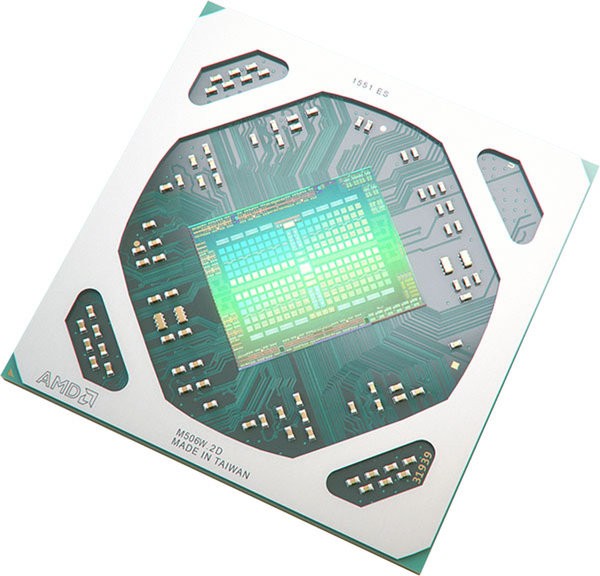 The changeover to an improved manufacturing process (12nm FinFET) should also breathe a new life into Polaris before (probably possible) retirement. However, with regard to Nvidia's GeForce GTX 1060, the goal has been to use the newly acquired reserves exclusively for clock-increasing and not to increase efficiency with the same performance, which, in our view, may even be used to increase the efficiency of the same is a bit of a pity. Since it is now the third Polaris iteration, I also completely forgo the theory part, which you can read in the first launch article about the RX 480.
The changeover to an improved manufacturing process (12nm FinFET) should also breathe a new life into Polaris before (probably possible) retirement. However, with regard to Nvidia's GeForce GTX 1060, the goal has been to use the newly acquired reserves exclusively for clock-increasing and not to increase efficiency with the same performance, which, in our view, may even be used to increase the efficiency of the same is a bit of a pity. Since it is now the third Polaris iteration, I also completely forgo the theory part, which you can read in the first launch article about the RX 480.
However, the increase in polaris clock frequency is not entirely free to get. The official TBP of the Radeon RX 590 is now 225W compared to the older RX 580 with 185W. On paper (and not only there), this is an increase in power consumption of a whopping 22 percent, which, conversely, should allow a 15 percent overclocking as long as the cooler also plays along. AMD is also confident that this will enable performance to increase by up to 12 percent. Let's see, that can be measured.
On the left we see the old chip of the Radeon RX 580 and on the right the new chip of the RX 590. Even subtracting both images shows that the chip is still the same size. Although AMD explicitly avoided discussing the production details with us beyond the mention of 12nm, AMD's CTO Mark Papermaster unveiled the company's plans, graphics and graphics at the GlobalFoundries Technology Conference in September 2017. convert customer products from 14nm LPP to 12nm LP in 2018.
It will probably end up with the same thing as with AMD's Ryzen 2000 series CPUs, which are not based on GlobalFoundries' 14nm LPP node, but on its 12nm LP process technology. Although the port-over design used there helps to increase transistor performance, it does not affect the Die surface or the transistor density. This would then also coincide with the two pictures above.
Despite the optimized process, the official size remains at 232 mm2. AMD also announced that this would primarily serve to maintain compatibility with third-party board and cooler designs. The deeper truth, however, is that reoptimizing an iterative manufacturing process would simply have been unaffordable and the potential gains would have been too small. The Fin Pitch remains the same at 48 nm, which also applies to the Poly Pitch (84nm) and Metal2 (64 nm).
So the only difference would be the new 7.5T library. But GlobalFoundries also supports the 9T library (track) already used in 14LPP for 12LP. But the core message of "16 percent less power consumption under 12LP at the same speed" would only be feasible if the 7.5T library was used. So we also want to measure what the performance/watt ratio says, because if this remained the same, we would probably have 12LPP, but only with 9T library.
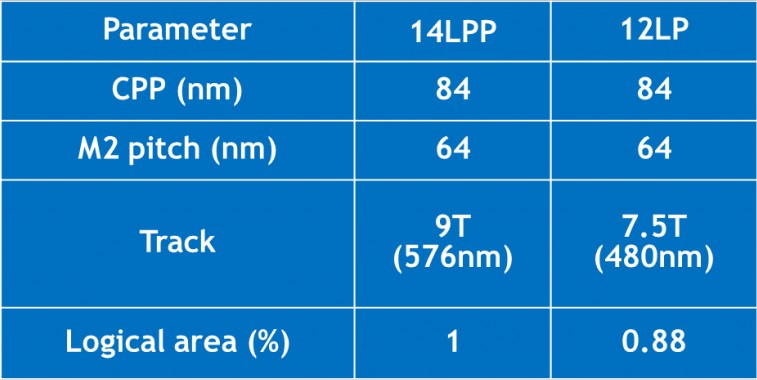
For the time being, enthusiasts have to be satisfied with a small production optimization, which enables higher clock rates, an overall better performance while at the same time increasing the power consumption. And with a board power of 225W (higher than one than GeForce RTX 2080), the power per watt probably won't be as great. The whole thing also reminds us very strongly of Grenada and the Radeon RX 390, whose most courageous interpretations (MSI) at that time could easily crack the 300-watt mark with the crowbar. So it will be the last tree-raising of Polaris above 7nm, you also have to be aware of this. At some point, it's always over.
Unboxing, optics and feel of the XFX RX 590 Fatboy
For the RX 590 Fatboy, XFX relies on existing technology of the current RX 580 GTS Black Edition and saves the costs for a new development of the board and radiator. I'll go into the electrical changes of the PCB in a little more detail. The overall picture of the map with a black plastic cover with various injection moulding ornaments is nevertheless rather simple, especially since XFX also has other optical features such as. RGB lighting is dispensed with.
The card weighs only an average of 856 grams, measures 26.8 cm in length from the outer edge of the slot panel to the end of the radiator cover, is 4.3cm low (cooler structure) and 12.2 cm high (upper edge slot to top edge radiator cover). This makes it a real 2.5 slot card with a further 0.5 cm depth for the backplate.
It is already clear at the bottom of the card that XFX is once again relying on the horizontally arranged slats for the AMD cards. The advantage is that the heated exhaust air is not pressed against the sidewall and motherboard, but can sometimes even be transported directly from the housing. In addition, we see the four heatpipes made of non-nickel-plated composite material at the top.
There we will also find another with 6 pins in addition to the well-known, external 8-pin 12V supply connection. This is probably more likely to cause fears of evil at this point, because it will certainly go far beyond the 200 watts of power consumption. How far, of course, I have measured that and I will also have to go into it in more detail.
The slot panel has five ports. Only one HDMI 2.0 port and three DisplayPorts 1.4 are available to the user. This makes it impossible to connect older VR glasses without an adapter. The DVI-D connector is a logical addition, which is mainly aimed at up-and-comers with older monitors, but is actually superfluous. Since the slot visor is also used for air outlet, its presence is rather counterproductive from a cooling point of view.
Key technical data
Finally, let's take a first look at the purely technical data. The value displayed as a maximum clock is not only a wishful thinking here, but one will have to wait and see whether the cooling also makes it in the closed housing. But let's be surprised, there's no spoiler. GPU-Z, by the way, weakens a little in terms of structure width in this version, but no matter:
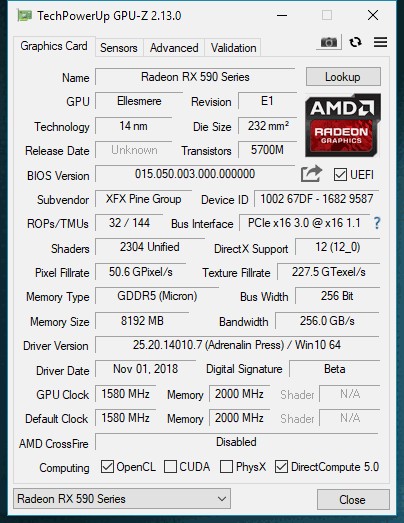
Compared to the relevant (reference cards), this looks like this:
| Nvidia Geforce GTX 970 |
Nvidia Geforce GTX 1060 |
Amd Radeon RX 480 |
Xfx RX 590 Fatboy |
Sapphire RX 580 Nitro+ |
Amd Radeon R9 390X |
|
|---|---|---|---|---|---|---|
| Shader Units |
1664 | 1280 | 2304 | 2304 | 2304 | 2816 |
| Rops | 56 | 48 | 32 | 32 |
32 | 64 |
| Gpu | GM204 | GP106 | Ellesmere | Ellesmere ("Polaris 30") |
Ellesmere ("Polaris 20") |
Hawaii/ Grenada |
| Transistors | 5 billion | 4.4 billion | 5.7 billion | 5.7 billion | 5.7 billion | 6.2 billion |
| Memory | 4 GB | 6 GB | 8 GB | 8 GB | 8 GB | 8 GB |
| Interface | 256 bit | 192 bit | 256 bit | 256 bit | 256 bit | 512 bit |
| GPU clock Mhz |
1051+ | 1506+ | 1266 | 1580 |
1411 | 1050 |
| Memory clock Mhz |
1750 | 1750 | 2000 | 2000 |
2000 | 1500 |
Test system and measurement methods
We have already described the new test system and the methodology in detail in the basic article "How We Test Graphics Cards, as of February 2017" and therefore refer to this detailed basis for simplicity. Description. So if you want to read everything again, you are welcome to do so. However, we have now greatly improved the CPU and memory in order to be able to exclude possible CPU bottle necks for fast cards.
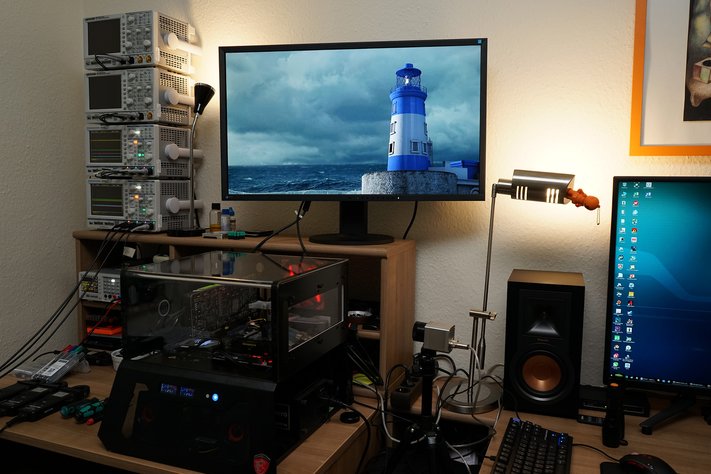
If you are interested, the summary in table form quickly provides a brief overview:
| Test systems and measuring rooms | |
|---|---|
| Hardware: |
Intel Core i7-8700K x 5 GHz MSI X370 Gaming Pro Carbon AC 2x 8GB KFA2 HoF DDR4 4000 1x 1 TByte Toshiba OCZ RD400 (M.2, System SSD) 2x 960 GByte Toshiba OCZ TR150 (Storage, Images) Be Quiet Dark Power Pro 11, 850-watt power supply |
| Cooling: |
Alphacool Ice Block XPX 5x Be Quiet! Silent Wings 3 PWM (Closed Case Simulation) Thermal Grizzly Kryonaut (for cooler change) |
| Housing: |
Lian Li PC-T70 with expansion kit and modifications Modes: Open Benchtable, Closed Case |
| Monitor: | Eizo EV3237-BK |
| Power consumption: |
non-contact DC measurement on the PCIe slot (Riser-Card) non-contact DC measurement on the external PCIe power supply Direct voltage measurement on the respective feeders and on the power supply 2x Rohde & Schwarz HMO 3054, 500 MHz multi-channel oscillograph with memory function 4x Rohde & Schwarz HZO50, current togor adapter (1 mA to 30 A, 100 KHz, DC) 4x Rohde & Schwarz HZ355, touch divider (10:1, 500 MHz) 1x Rohde & Schwarz HMC 8012, digital multimeter with storage function |
| Thermography: |
Optris PI640, infrared camera PI Connect evaluation software with profiles |
| Acoustics: |
NTI Audio M2211 (with calibration file) Steinberg UR12 (with phantom power for the microphones) Creative X7, Smaart v.7 own low-reflection measuring room, 3.5 x 1.8 x 2.2 m (LxTxH) Axial measurements, perpendicular to the center of the sound source(s), measuring distance 50 cm Noise in dBA (Slow) as RTA measurement Frequency spectrum as a graph |
| Operating system | Windows 10 Pro (1809, all updates), driver as of 10.11.2018 |
- 1 - Einführung, Unboxing, Daten
- 2 - Teardown: Platinenanalyse und Kühler
- 3 - AotS: Escalation
- 4 - Battlefield 1
- 5 - Destiny 2
- 6 - Far Cry 5
- 7 - Ghost Recon Wildlands
- 8 - GTA V
- 9 - Metro Last Light Redux
- 10 - Wolfenstein 2
- 11 - Shadow of the Tomb Raider
- 12 - The Division
- 13 - The Witcher 3
- 14 - World of Warcraft
- 15 - Leistungsaufnahme im Detail
- 16 - Temperatur, Takt, Infrarot
- 17 - Lüfter und Lautstärke
- 18 - Zusammenfassung














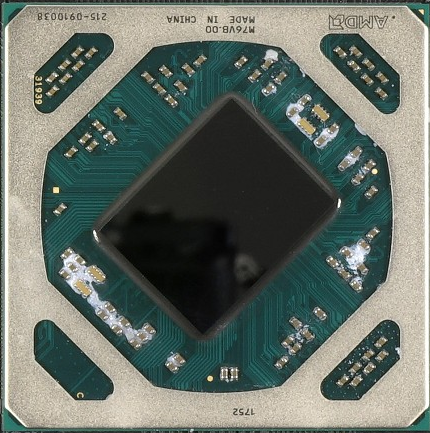
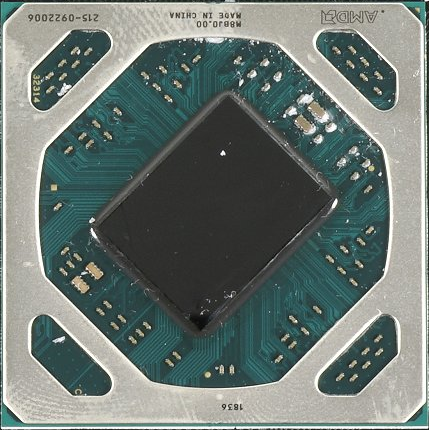
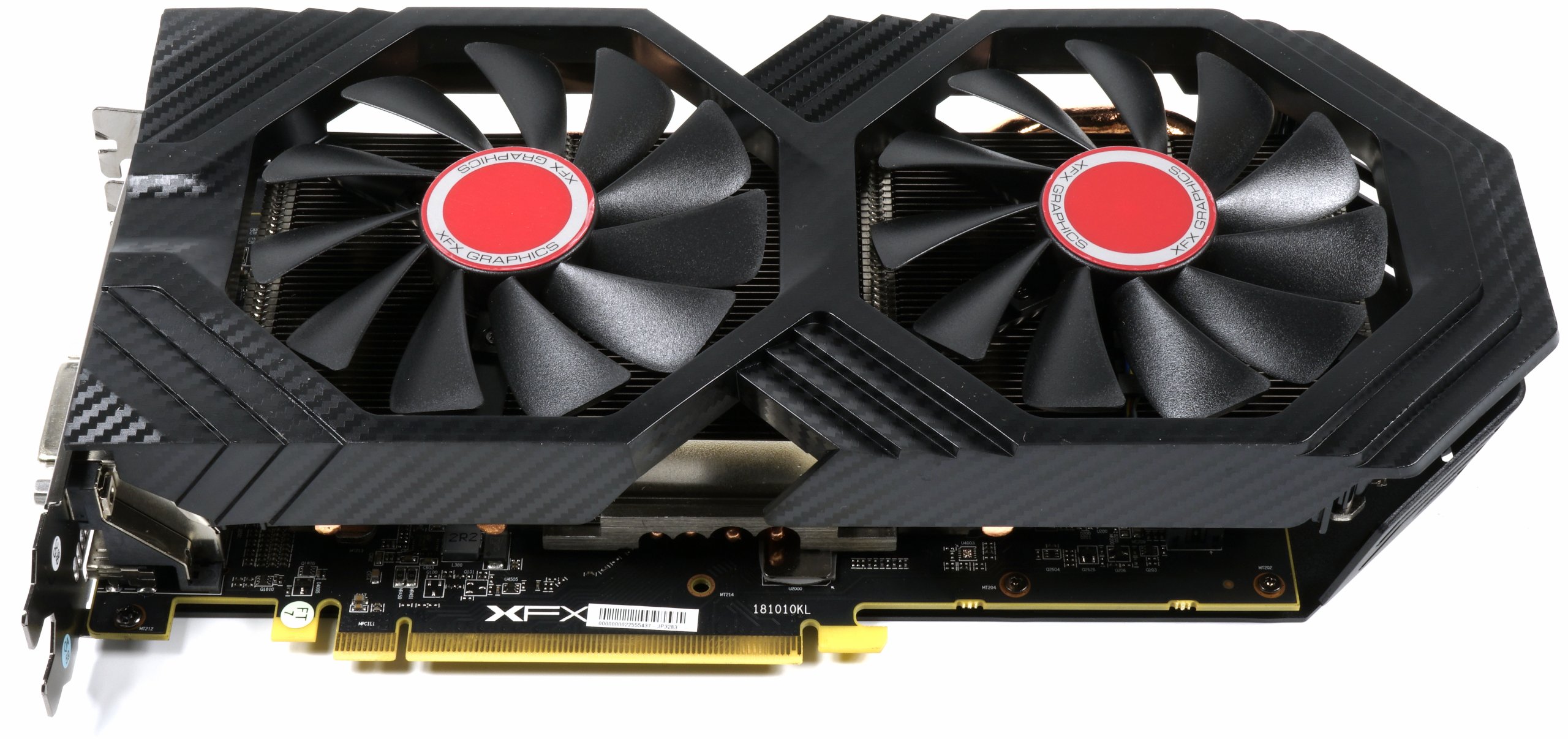












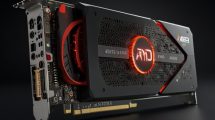












Kommentieren